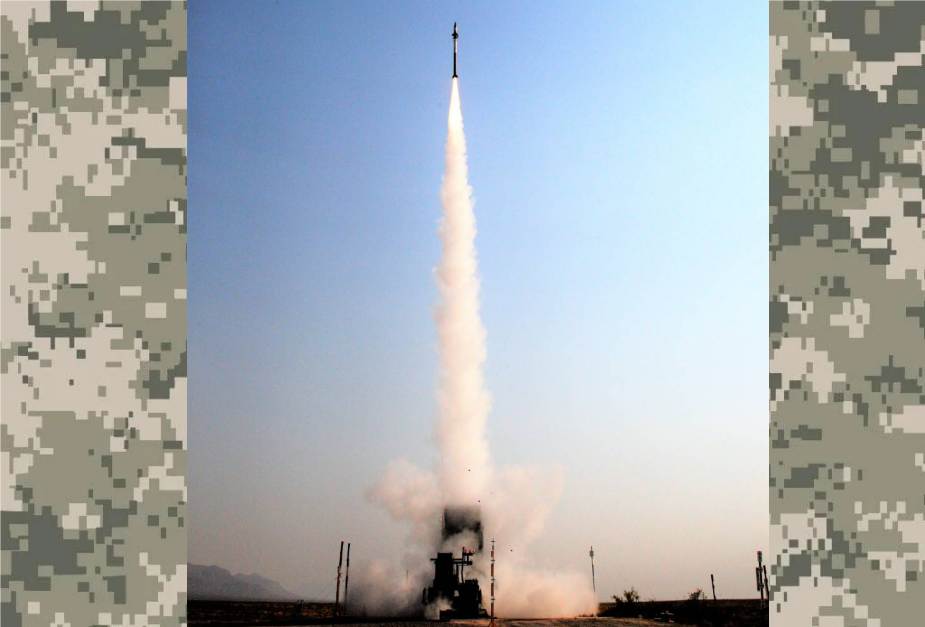According to The Guam Daily Post, one of the U.S. Army’s Iron Dome missile defense systems is being deployed to Andersen Air Force Base, the military announced Thursday in a press release. Personnel needed for the missile defense deployment have arrived on Guam, the military said, but the numbers were not released publicly. The military called it an "experimental deployment."
Follow Army Recognition on Google News at this link

In August 2021, the U.S. Army, in conjunction with the Israeli Missile Defense Organization (IMDO), took a critical step toward fielding the first of two Iron Dome Defense System-Army (IDDS-A) batteries. (Picture source: U.S. Army)
The deployment is expected to take place from mid-October through mid-December, according to Joint Region Marianas, the Guam-based military leadership. The deployment will be executed in multiple locations and equipment may be visible in Apra Harbor, Marine Corps Base Camp Blaz and Andersen AFB, The Guam Daily Post reports. The government of Guam and the Guam-based leadership of the military are working with the 94th Army Air and Missile Defense Command and 38th Air Defense Artillery Brigade to support the temporary deployment of one of the Iron Dome systems to Andersen, according to the military.
Rear Adm. Benjamin Nicholson, commander, Joint Region Marianas, said: "A robust missile defense capability will significantly improve our defense posture and protect our people and critical assets in the region." The Pentagon deployed the THAAD missile interceptor to Guam in 2013 when North Korea specifically mentioned Guam as a potential target. But in recent years, the United States and its allies have been particularly concerned with China's military flexing and how that could affect the balance of power in the Indo-Pacific region.
Iron Dome
Iron Dome is a mobile all-weather air defense system developed by Rafael Advanced Defense Systems and Israel Aerospace Industries. The system is designed to intercept and destroy short-range rockets and artillery shells fired from distances of 4 kilometers (2.5 mi) to 70 kilometers (43 mi) away and whose trajectory would take them to an Israeli populated area.
Iron Dome was declared operational and initially deployed on 27 March 2011 near Beersheba. On 7 April 2011, the system successfully intercepted a BM-21 Grad launched from Gaza for the first time. On 10 March 2012, The Jerusalem Post reported that the system shot down 90% of rockets launched from Gaza that would have landed in populated areas.[10] In late 2012 Israel said that it hoped to increase the range of Iron Dome's interceptions, from a maximum of 70 kilometers (43 mi) to 250 kilometers (160 mi) and make it more versatile so that it could intercept rockets coming from two directions simultaneously.
Some Iron Dome systems have been exported. A weakness for most potential markets is that each Iron Dome system protects no more than 100–150 square kilometers; this is effective in a small country like Israel, but not for larger states. Even in Israel, the batteries have to be moved around according to a perceived risk of attack. Singapore, a small city-state, is reported to have purchased Iron Dome. Romania is another customer. The US has bought batteries to protect overseas bases. India and other countries, among which Saudi Arabia, are following the move, or are expected to do so.















